Wood has always been a common option for ceiling materials. It looks fantastic, feels natural, and enhances acoustic performance. For both residential and commercial projects, wood ceilings are a popular choice for many fantastic reasons.

The benefits associated with wood ceilings are numerous. Some advantages are specific to a particular style, while others are universal. These benefits are mainly because the wood as a material is natural and calming for décor.
Benefits of Wood as a Material
- Wood: Visually Appealing
The first known benefit is the look and visual that wood adds to the space. Wood is a traditional building material with distinct character in every plank or panel. Wood ceilings offer abundant visual interest due to the distinct grain patterns found in each cut.
Because of our increased connectivity through the global supply chain, previously unaffordable things are now reasonably priced. Veneers can help us get all the species we love, even though solid wood is still unaffordable. The process of creating wood veneer involves securing skinny wood slices to a backing material. Although the backing can be made of fibreboards, chipboard, or another material, it is always less expensive than solid wood. Nobody will be able to see past your lovely façade because you will only be able to see the veneer.
- Wood: Impacts Mental Well-Being
Additionally, natural material in interior spaces has a positive impact on mental well-being. Being in the middle of nature seems to soothe us and lessen anxiety. This is evident to anyone who has ever gone for a walk in the woods. Bringing nature indoors makes sense since the EPA estimates that the average American spends approximately 90% of their life indoors.
In a world where things are becoming more complicated, balancing natural elements into interior decor can help ease the tension. This calming effect is enhanced when other earth elements, like fire, water, and metal, are incorporated. However, wood is the most elegant and sensible choice for our ceilings.
- Acoustical Property of Wood
Our walls, floors, and ceilings are usually made of hard, smooth surfaces. These types of surfaces are not ideal in the world of acoustics. Sound waves bounce off them in straight lines, creating audio issues like echo and reverberation. The way to solve this is to incorporate softer, more porous materials. Wood ceilings are a great way to achieve better acoustics in your home or office.
Wood may be hard, but it is fairly porous when compared to other options. That means some of the sound waves that impact it will be absorbed. When sound waves encounter porous surfaces, some of the sound enters and becomes trapped. This prevention of direct reflections makes spaces sound better because the sound isn’t reflecting endlessly. We can accomplish greater sound absorption with acoustic panels and furniture with absorbent upholstery, but wood ceilings take sound quality to another level.
Drawbacks of Wood as a Material
One might be shocked to hear that, despite all of these advantages, wooden ceilings can have drawbacks in certain situations. To begin with, wood is prone to water damage and can rot, distort, or fracture when exposed to excessive moisture.
Another possible hazard is fire. Wood might not be a good choice for your facade because many buildings require their materials to be extremely fire-resistant. This is particularly true in multi-story or multi-family dwellings, as the spread of fire could have disastrous consequences.
Furthermore, a lot of common bugs prefer to feed on wood. Your wood ceilings may be used as food or building materials for nests by certain animals and insects, as wood is an organic substance.
Type of Wooden Ceiling for Interiors
- Flat Wooden Ceiling
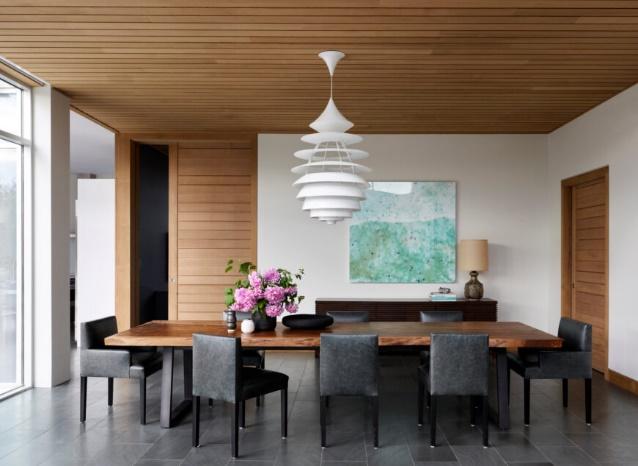
To keep things simple and chic, the traditional option is good to go for. The flat ceiling has its own thing to reflect in the space. For a straightforward and affordable ceiling, use wooden panels in any hue. Using patterned woods if preferred the look of a flat ceiling but would prefer something more than a plain surface.
- Wooden Lattice Design
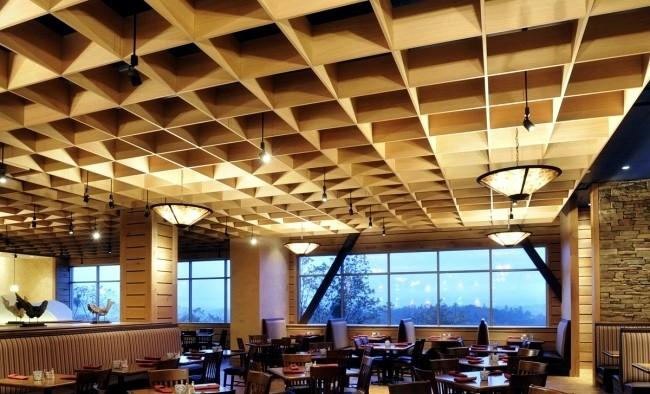
As the flat ceiling is as simple, the lattice adds play to the space. On the ceiling, several identical cubes are created using wooden gratings. It can be employed on the bedroom ceiling as well as in public places because of its attention-grabbing quality.
- Dropped Wooden Ceiling

For a dropped wooden ceiling, a second ceiling is suspended from a metal grid beneath the first ceiling in this double-layered ceiling design. For people who enjoy flat ceiling designs but would like to give them some flair, this is ideal.
- Curved Wooden Ceiling
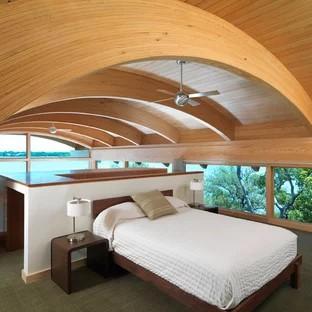
This hardwood ceiling formed like a concave shell, is elegant and delicate. It’s ideal for entertainment spaces because it can also give off a theater-like atmosphere. It can also act as a doorway between spaces. When compared to traditional ceilings, installing this curved timber ceiling can be expensive.
- Vaulted Wooden Ceiling
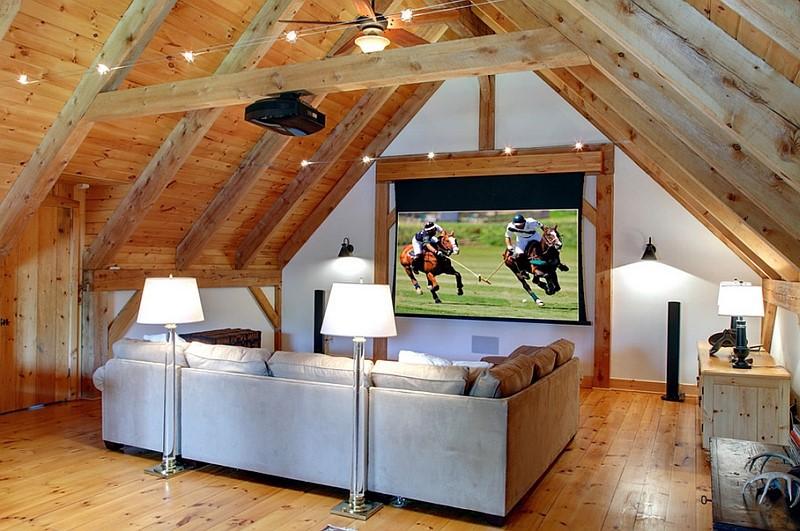
The vaulted ceiling is a V-shaped ceiling making the whole space look bigger and cozy.
- Combined Ceiling

A unique style can be created by fusing two or more designs. As seen in this image, the wooden ceiling decoration combines two different designs. It can be challenging to choose just one style when there are so many wooden ceiling decorations available. If you’d like, you can choose to use a single design for every room or, if you’d rather, use different ceiling decorations for each area.






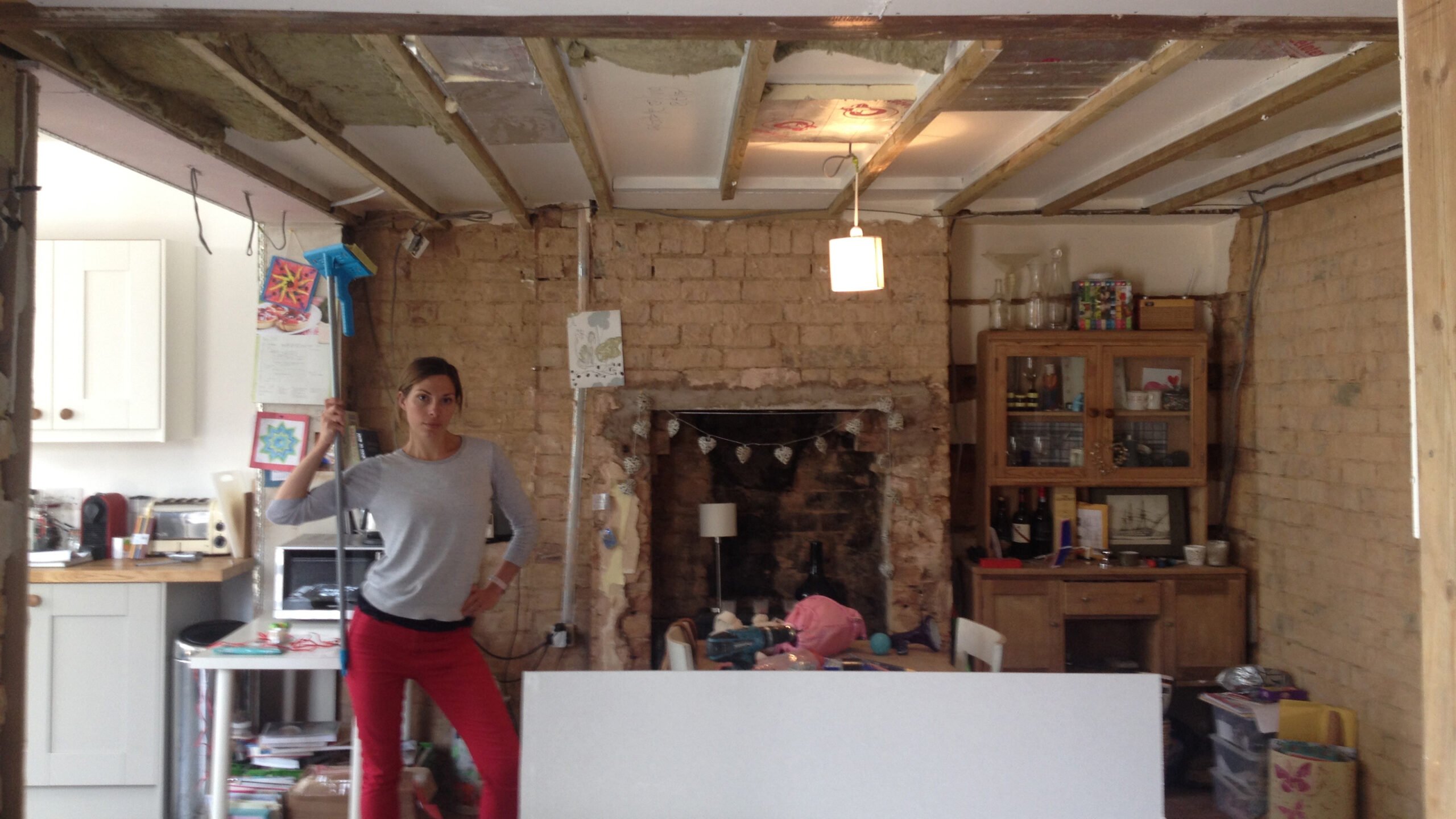
[…] Best Wood Ceiling ideas […]